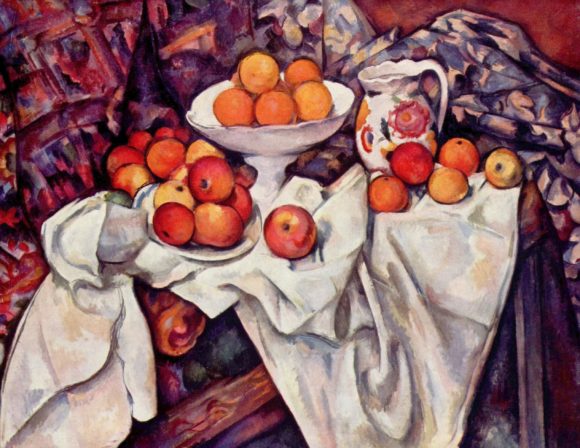In the past month or so, I was twice asked to discuss the price of what I’d loosely* refer to as fad foods–foods whose demand was relatively uncommon up until a certain point, after which that demand takes off significantly.
I was first asked to be a guest on the Mad Hat Economics podcast, where I talked about quinoa. The discussion took us to other topics, including staple foods, local foods, and food cultures in general. You can listen to that half-hour episode of Mad Hat Economics here. And since the podcast is produced by grad students in my coauthor David Just’s lab, subscribe while you are at it.
On Monday, I was asked to be a guest on Your Call, a program on San Francisco NPR affiliate KALW, talk about avocados. The two other guests featured were an organic avocado farmer from Southern California and a representative of Mexico’s Rainforest Alliance. You can listen to the hour-long show here.
___
* I say “loosely” because Merriam-Webster defines “fad” as “a practice or interest followed for a time with exaggerated zeal,” and it is not clear that the increased demand for quinoa and avocados will be going away anytime soon, if ever. In short, even though it’s not the most precise use of the word “fad,” I like how “fad food” sounds.
